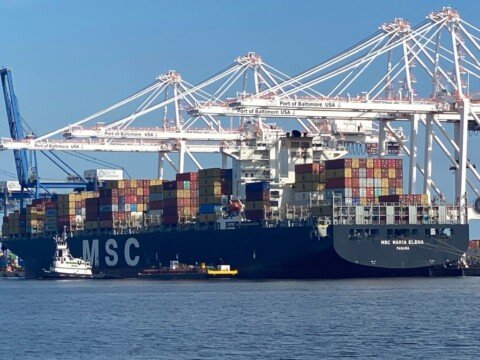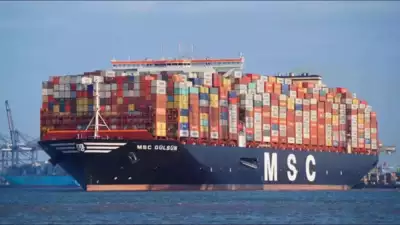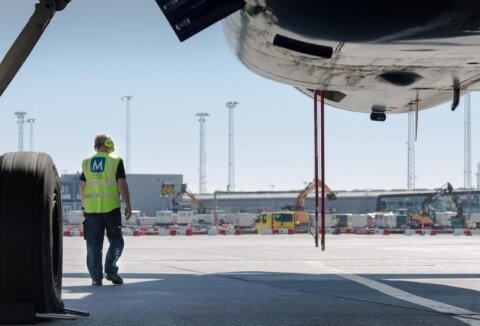Commerce Secretary BVR Subrahmanyam on Thursday assured that the Central government will come up with solutions to the ongoing shipping container crunch within a week and said the government is working for a short-term resolution.
Long-term solutions will require the production of containers to increase, but that will take some time, the Commerce Secretary further stated.
While speaking to the media, Subrahmanyam said, “Containers’ freight rate has jumped to 300 per cent-500 per cent year-on-year basis. Cabinet Secretary took a meeting yesterday. A meeting was held at Shipping Ministry. Minister Piyush Goyal will take a meeting with concerned ministers tomorrow.”
Indian exporters across products from apparel and agricultural commodities to consumer electronics and furniture are staring at a slump in exports due to a global shortage of containers, and a resultant jump in freight rates, prompting many to seek government intervention.
A severe container shortage triggered by massive congestions at Chinese ports that are either closed or operating at much lower capacity due to COVID-19 restrictions, along with a huge demand for containers in the US and Europe has been pushing container rates, which shot up to record levels in the past 10-15 days.
According to industry experts, charges for carrying a container from or onwards to India are around USD 7,000-10,000, up from USD 3,000-4,000 six to eight months ago.
Meanwhile, it is expected that along with importing containers to India, the government could ask shippers to charge the floor price for containers as freight charges.
Federation of Indian Exporters Organisation’s (FIEO) Director General and CEO Dr Ajay Sahai spoke in detail with Container News about the grievances and suggestions that FIEO proposed to the Indian government and asked for its prompt intervention.
“There are around 30,000 odd containers which are at different ports either because the importer has not taken the delivery or there is some dispute on customs duty or classification. We have suggested the government that these 30,000 containers be offloaded at various warehouses and can add them to the supply chain to help in exports,” said Dr Sahai.
Secondly, the export body has requested the government to regulate the export of empty boxes so that only filled containers move out of the country and the empties are put back in the system.
Dr Sahai noted that “a lot of empty containers are being taken out of the country because we are still exporting low-value high-volume goods. Every ship has a weight restriction so with a lesser number of containers if the ship reaches the weight limit, it encourages them to take the empties because they have the space but also have the weight restriction.”
“The third request that we have made as an immediate step is to bring in 1 million containers from different parts of the world. In the second wave also the shipping companies helped us with similar support by bringing containers from the East and the West coasts,” said the FIEO CEO, who added that the long-term solution will remain manufacturing containers on home soil.
Speaking on the cost factor that would play out for offloading cargo in various warehouses and importing containers, Dr Sahai said the industry will bear the increased cost because there is a choice to be made between solving the non-availability of containers and high freight rates.
FIEO Chief Chairman, Dr A Sakthivel also told Container News that they took the matter to Delhi and the government has given a positive response to the grievances of the export body.
The commerce ministry of India is expected to hold a meeting with the shipping ministry, shipping lines, agents and industry players like CONCOR to chart out a relief plan for the exporters as the government expects to come out of this situation by the first quarter of 2022.







